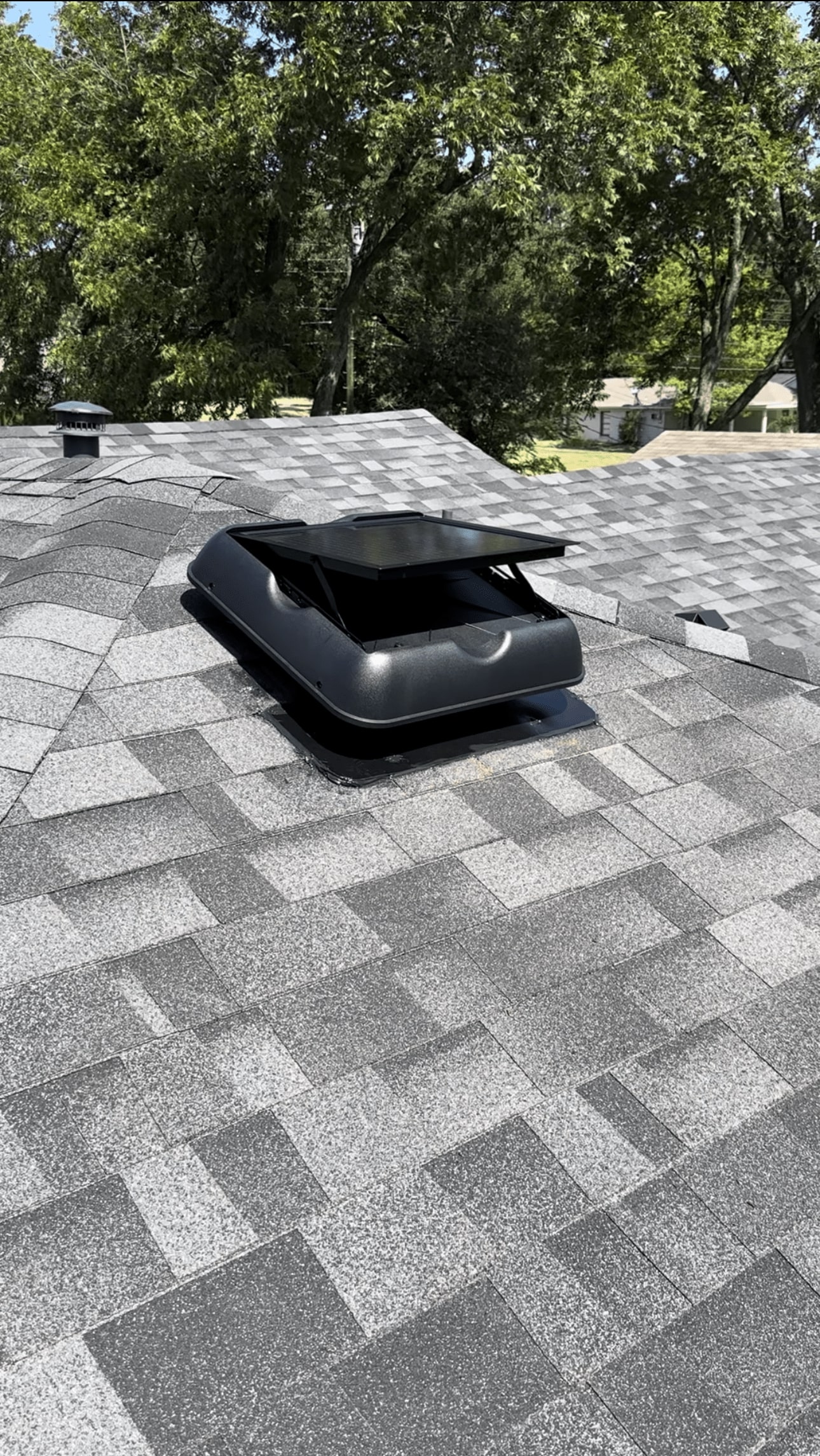More About Green Attics
More About Green Attics
Blog Article
The 5-Minute Rule for Green Attics
Table of ContentsGet This Report on Green AtticsGreen Attics Can Be Fun For EveryoneThe smart Trick of Green Attics That Nobody is Talking AboutAll about Green AtticsGreen Attics for BeginnersGetting The Green Attics To Work
Posted by Service Champions A/c BlogWhen you transform on your heating, you desire it to remain inside your home - HVAC maintenance. Powering up the home heating creates the warmth to increase straight up into your attic room. It's after that approximately your attic room insulation to do its task and block the heat from running awayWhich attic insulation is ideal? This write-up will lay out the 4 types of attic insulation you can select from, plus dive right into the pros and disadvantages of each.

The Greatest Guide To Green Attics
Batts are large, rolled up sheets of product which are fused together with a chemical vapor. This vapor works as a sticky. Why is fiberglass batt insulation so preferred? It's numerous advantages include: In its entirety, fiberglass is substantially eco-friendly. The fiberglass itself is created from sand which is then become glass, which counts as an eco-friendly energy resource.
Fiberglass batt insulation rarely shrinks or breaks down. This is because of the air pockets that occur in manufacturing. Setup is simple. It's so uncomplicated that several home owners select DIY installation. If you follow this path, you 'd be dodging a setup fee. Fiberglass batt insulation is additionally soundproof, helping minimize exterior sounds and keep interior sound inside the residential or commercial property.

What Does Green Attics Do?
If wetness is soaked up by the fiberglass batt insulation, it can reproduce dangerous mold. Rats and various other unwanted guests enjoy fiberglass batt insulation, and usually make it their home.
When utilizing the blown-in technique, it loads the attic room much better, ensuring it's air-tight. As an outcome, it fills any kind of splits or gaps, even in awkward spaces. This decreases the amount of warm air running away and cool air going into. It likewise traps audio. The blown-in distribution technique is far quicker. It takes a matter of hours to get your attic insulation up and running.
After the insulation has actually worked out, it's verified that the R-Value reduces. It needs extra maintenance than various other sorts of attic insulation on our checklist. Must the insulation get damp, getting rid of the insulation isn't official website as simple as eliminating fiberglass batts. You'll need to choose all of it up, while putting on handwear covers, and remove it bit by bit.
This attic insulation is likewise blown-in utilizing a blowing machine, however the material used is different. The product made use of here is cellulose. This is made from all different recycled material, including points constructed of wood, papers, and cardboard. Then, boric acid and other substances are related to flame-proof the attic room insulation.
Green Attics Fundamentals Explained
(https://www.goodreads.com/user/show/184037829-green-attics)
Is blown-in cellulose insulation worth it? The boric acid and other compounds assist to fire proof the insulation and slow down the spread of fires.
Blown-in cellulose insulation has an R-Value that is 23 percent greater than fiberglass batts. What are the disadvantages of setting up blown-in cellulose insulation in your attic room?
Cellulose additionally does not blend well with fluid. Should it become moist, mold and mildew can expand quickly and spiral out of control. Rectifying this circumstance can be labor and time intensive, as you'll require to pick up the insulation little by little, instead than in one roll. The last sort of attic room insulation is spray foam insulation.
Get This Report on Green Attics
Unlike all the various other kinds of attic room insulation, spray foam insulation is the only type to find as a liquid. After being sprayed, it thickens and grows, and afterwards sets as a durable foam. This foam slides nicely right into any type of gaps, securing impermeable, and cuts off any getaway routes for your heating.
What are the downsides of spray foam insulation?: The ahead of time payment for spray foam insulation is greater than the other types of attic room insulation on our listing. It's worth considering that, due to high levels of energy efficiency, it'll likely balance out or also become less costly in the long-run to keep your home warm.

An Unbiased View of Green Attics
Fantastic treatment needs to be taken around the foam, and you'll require to use safety glasses, a mask, and a respirator. With 4 kinds of attic room insulation and their pros and cons, you're currently able to make an informed decision, recognizing the advantages and downsides to each. That's why I can claim with self-confidence that the finest means to insulate my attic is with low-cost cellulose or fiberglass insulation used over an impermeable attic room floor.
Report this page